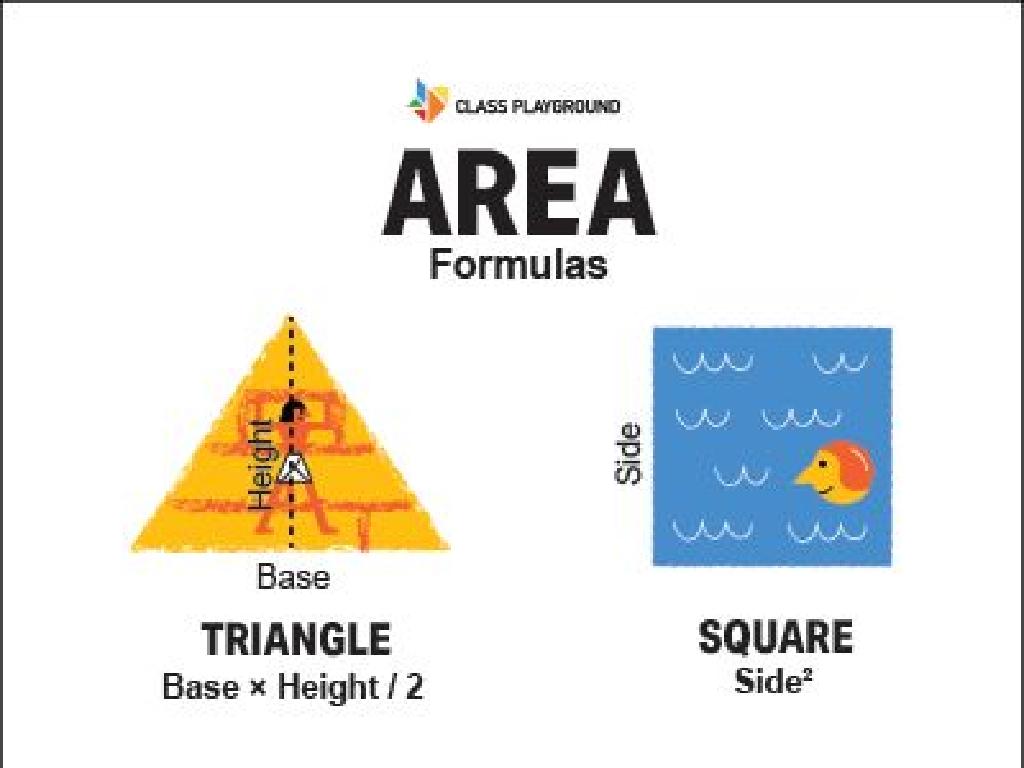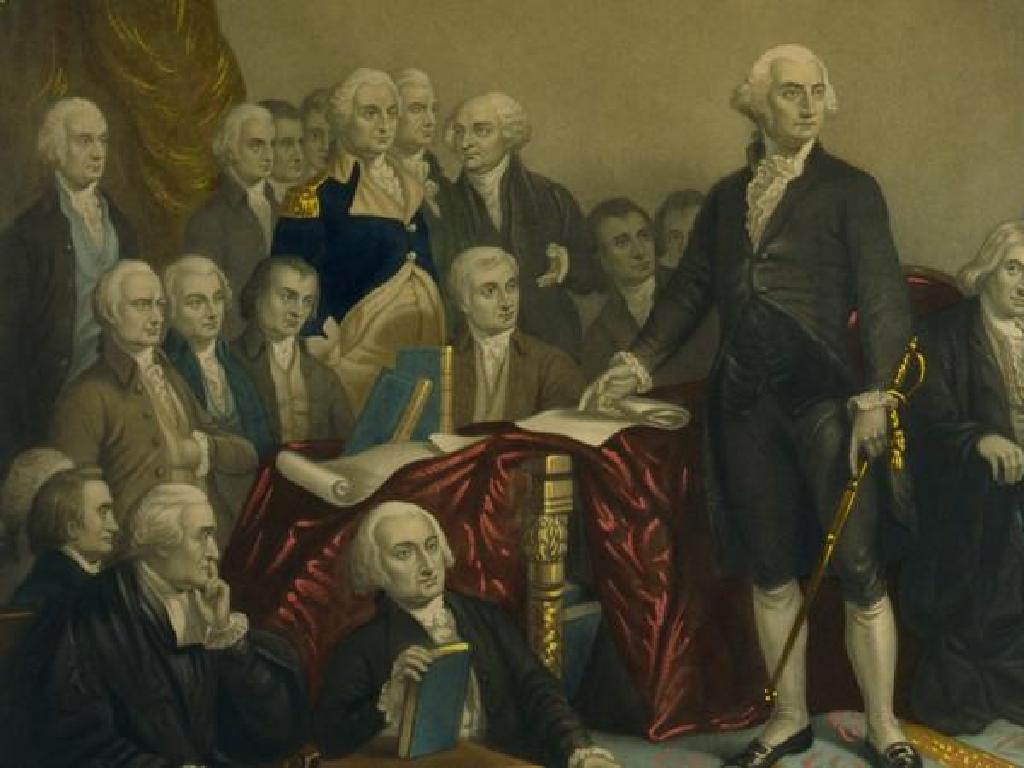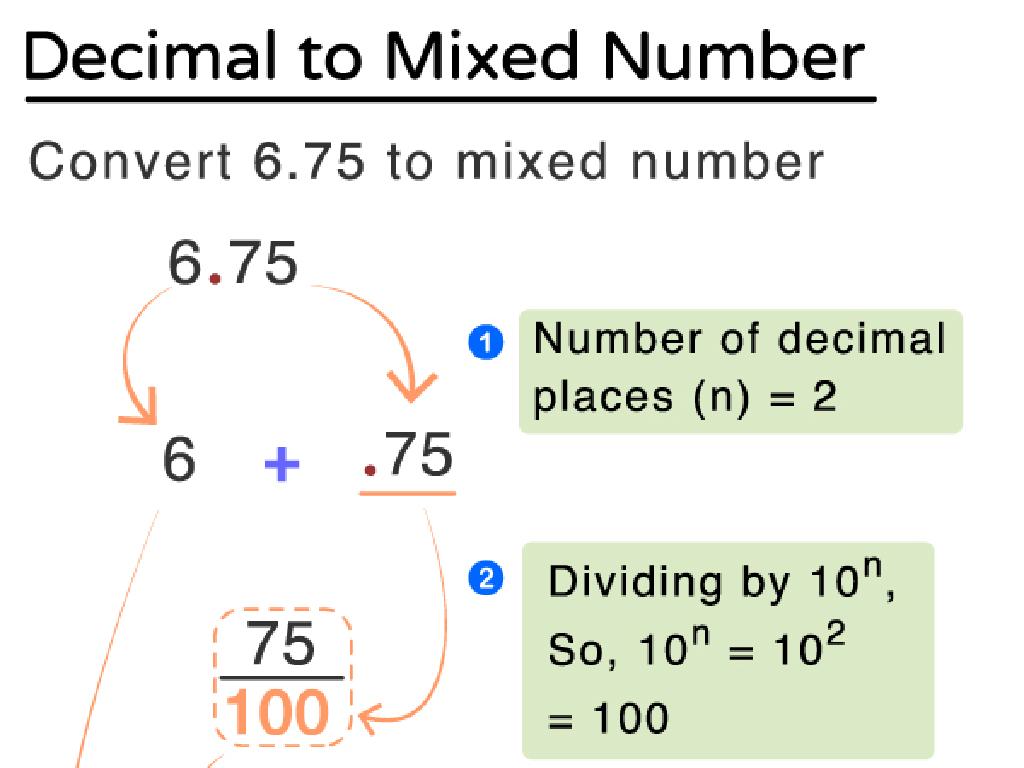Choose The Best Concluding Sentence
Subject: Language arts
Grade: Fifth grade
Topic: Introductions And Conclusions
Please LOG IN to download the presentation. Access is available to registered users only.
View More Content
Crafting Powerful Conclusions
– The power of first and last impressions
– Defining a concluding sentence
– The last sentence that wraps up your writing
– The role of a concluding sentence
– It ties your ideas together and leaves readers with a final thought
– Crafting a memorable ending
– Use it to summarize your main points or express a final message
|
This slide introduces students to the concept of introductions and conclusions in their writing, emphasizing the importance of making a strong first and last impression. A concluding sentence is defined as the final sentence that wraps up the thoughts and provides closure to the writing. It’s crucial because it ties all the ideas presented together and leaves the reader with a lasting impression or a final thought to ponder. When crafting a concluding sentence, students should aim to summarize their main points succinctly or leave the reader with a memorable final message. Encourage students to practice writing concluding sentences that reflect the content and purpose of their writing.
Crafting the Perfect Ending: Concluding Sentences
– Recap the paragraph’s main points
– Summarize key ideas in a nutshell
– Wrap up your thoughts clearly
– Your final words should tie everything together
– Give your reader a sense of closure
– It’s like saying goodbye at the end of a visit
– Leave a lasting impression or thought
– End with a quote, question, or powerful statement
|
This slide aims to teach students the importance of a concluding sentence in a paragraph. A good conclusion does four things: it recaps the main points discussed, wraps up the writer’s thoughts, provides closure to the discussion, and leaves the reader with a final thought or impression. Encourage students to think of the concluding sentence as the ‘goodbye’ at the end of a conversation it should be memorable and clear. Provide examples of concluding sentences that summarize the main points, tie back to the introduction, or end with a thought-provoking idea. Have students practice writing their own concluding sentences for a given paragraph to reinforce the concept.
Crafting a Strong Conclusion
– Echo the main idea creatively
– Use synonyms or rephrase the thesis statement
– Summarize key points briefly
– Pick the most important ideas from your writing
– Offer a final viewpoint
– Share what you want readers to remember
– Avoid exact repetition
|
In this slide, we focus on teaching students how to write an effective concluding sentence for their essays or stories. A good conclusion should reflect the main idea without copying the exact words used previously. It should concisely summarize the main points to remind readers of the essay’s content. Additionally, it should provide a final perspective or takeaway that leaves the reader with something to think about. Encourage students to practice by writing multiple concluding sentences for the same piece to see which one best encapsulates their message without being repetitive.
Crafting Strong Concluding Sentences
– Weak vs. strong conclusions
– Compare a weak and a strong concluding sentence
– Why some endings fail
– A weak conclusion may introduce a new idea or fail to summarize the text
– Traits of effective conclusions
– A strong conclusion wraps up the text and leaves the reader with a final thought
– Practice distinguishing them
– Look at examples and decide which is strong or weak and why
|
This slide aims to teach students how to differentiate between weak and strong concluding sentences. Start by presenting examples of both, highlighting the common pitfalls of weak conclusions, such as introducing new ideas or not summarizing the main points. Then, discuss the characteristics of strong conclusions, like effectively summarizing the content and providing a sense of closure. Engage the students with practice exercises where they identify the strengths and weaknesses of various concluding sentences. This will help them understand the importance of ending their writing in a way that reinforces their message.
Let’s Practice Writing Conclusions!
– Read a paragraph as a class
– Discuss the main idea and details
– Identify what the paragraph is mainly about and the details that explain it
– Brainstorm conclusion sentences
– Think of different ways to end the story or information
– Choose the best sentence together
– Vote on which sentence wraps up the paragraph best
|
This slide is for a class activity focused on understanding how to craft effective concluding sentences. Start by reading a short paragraph together, ensuring that every student is engaged and following along. After reading, open a discussion about the main idea and supporting details of the paragraph to ensure comprehension. Then, as a class, brainstorm various options for a concluding sentence that would effectively wrap up the paragraph. Encourage creativity and participation from all students. Finally, have the class vote on the best concluding sentence. This activity will help students understand the importance of a conclusion that reinforces the main idea and leaves the reader with a clear understanding of the paragraph’s content. Provide guidance and examples as needed.
Crafting the Perfect Ending
– Review paragraphs without endings
– Select the best concluding sentence
– Choose from multiple choices to find the sentence that wraps up the idea nicely
– Justify your sentence choice
– Discuss why this sentence effectively summarizes or reflects on the paragraph
– Understand the impact of a conclusion
– Conclusions leave the reader with a final thought or summary
|
This slide is aimed at teaching students how to effectively conclude a paragraph. Start by presenting paragraphs that lack a concluding sentence to highlight the abruptness and incomplete nature of the text. Then, provide students with a set of potential concluding sentences and have them choose the one that best completes the paragraph. Encourage them to explain their choice, focusing on how the sentence wraps up the main ideas or provides a final reflection. Emphasize the importance of a concluding sentence in leaving the reader with a clear understanding of the paragraph’s main points or a final thought to ponder. This exercise will help students understand the role of a conclusion and how it can enhance their writing.
Class Activity: Crafting Conclusions
– Write a paragraph on a topic
– Create your own concluding sentence
– Think of a sentence that wraps up your ideas nicely
– Share with the class
– Discuss everyone’s conclusions
– Why did you choose that sentence? How does it sum up your thoughts?
|
This activity is designed to help students practice writing effective concluding sentences that summarize their main points and provide a sense of closure. Start by assigning a topic or allowing students to choose their own. After they write a short paragraph, guide them to craft a concluding sentence that ties together their ideas. Encourage creativity and clarity. Once everyone has written their conclusions, have students share them with the class. This will allow for a discussion on the different approaches to writing conclusions and the effectiveness of each. Provide feedback and highlight the importance of ending a piece of writing with a strong, reflective statement that leaves the reader with a lasting impression.
Review and Reflect: Concluding Sentences
– Recap on concluding sentences
– We learned that a concluding sentence wraps up our ideas neatly.
– Importance of conclusions
– They signal the end and leave a lasting impression on the reader.
– Applying conclusions in writing
– Use them to summarize your main points and give your writing a polished finish.
|
This slide aims to consolidate the day’s learning about concluding sentences. Begin by asking students to reflect on the characteristics of an effective concluding sentence and how it ties together the text. Discuss why a strong conclusion is crucial it signals the end of a piece and leaves the reader with a clear understanding of the main points. Emphasize that a well-crafted concluding sentence can enhance the impact of their writing. Encourage students to think about how they can apply this knowledge to their future writing tasks, such as essays and stories, to make their conclusions strong and memorable.
Homework: Crafting Your Essay
– Write a short essay on any topic
– Create a strong introduction
The beginning should grab attention and introduce your main idea.
– Conclude your essay effectively
End with a sentence that wraps up your thoughts or gives a final insight.
– Share your work in class
|
This homework assignment is designed to help students practice writing cohesive essays with clear introductions and conclusions. Students should choose a topic they are passionate about to ensure they are engaged in the writing process. Emphasize the importance of a strong introduction to pique interest and a powerful conclusion to leave a lasting impression. Encourage students to use what they’ve learned about concluding sentences to ‘tie a bow’ on their essays. In the next class, students will have the opportunity to present their essays, allowing them to share their ideas and receive constructive feedback from their peers and teacher.





